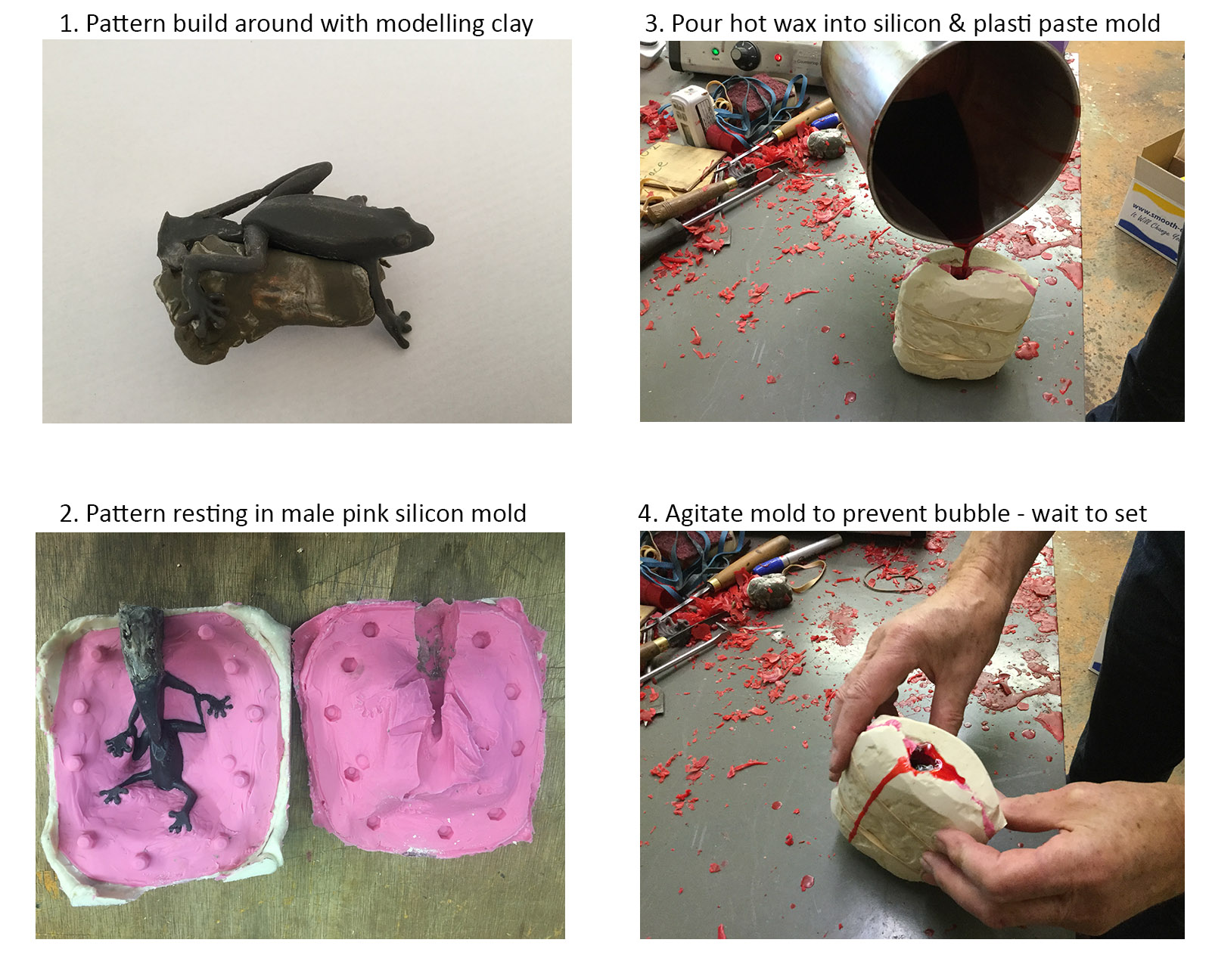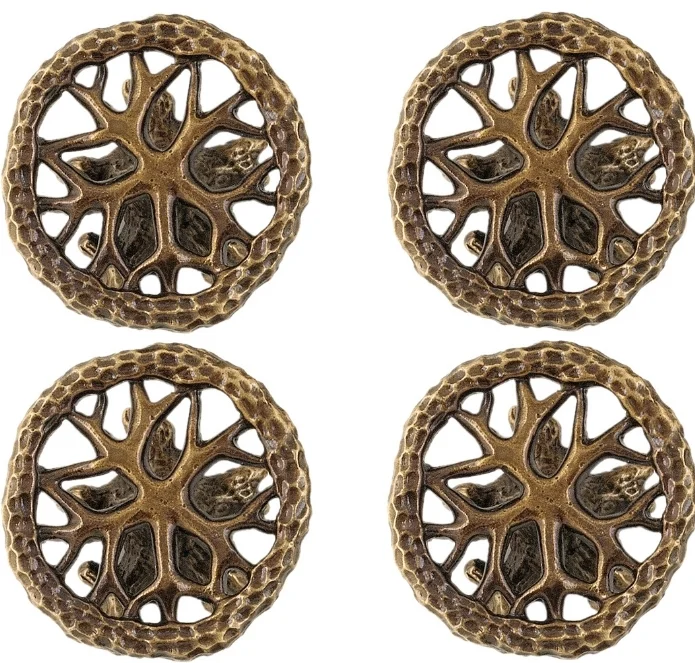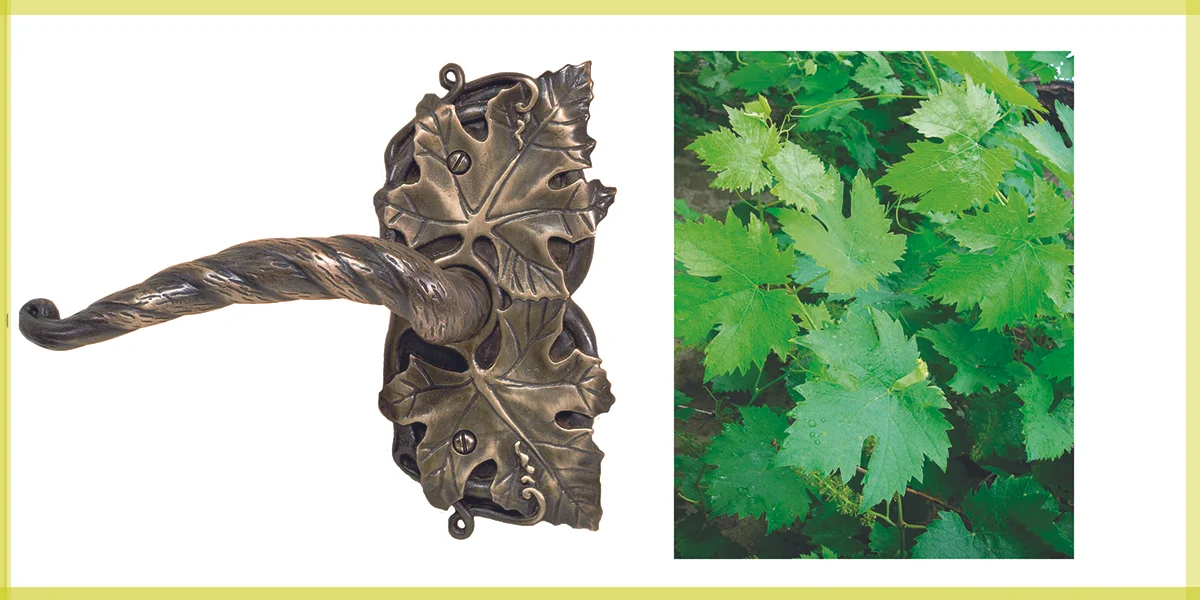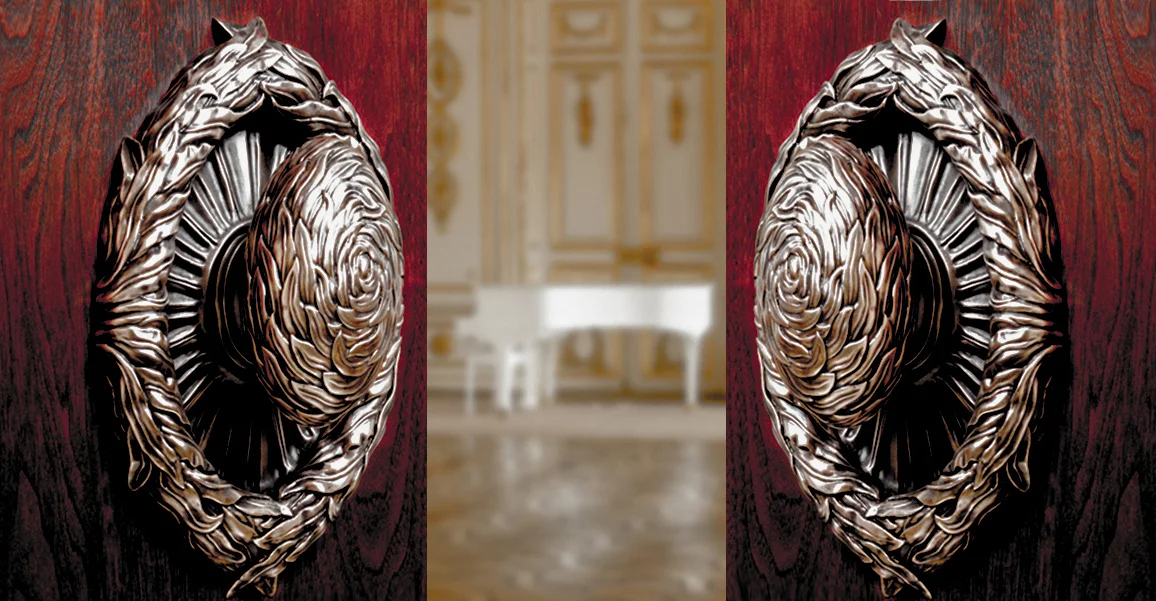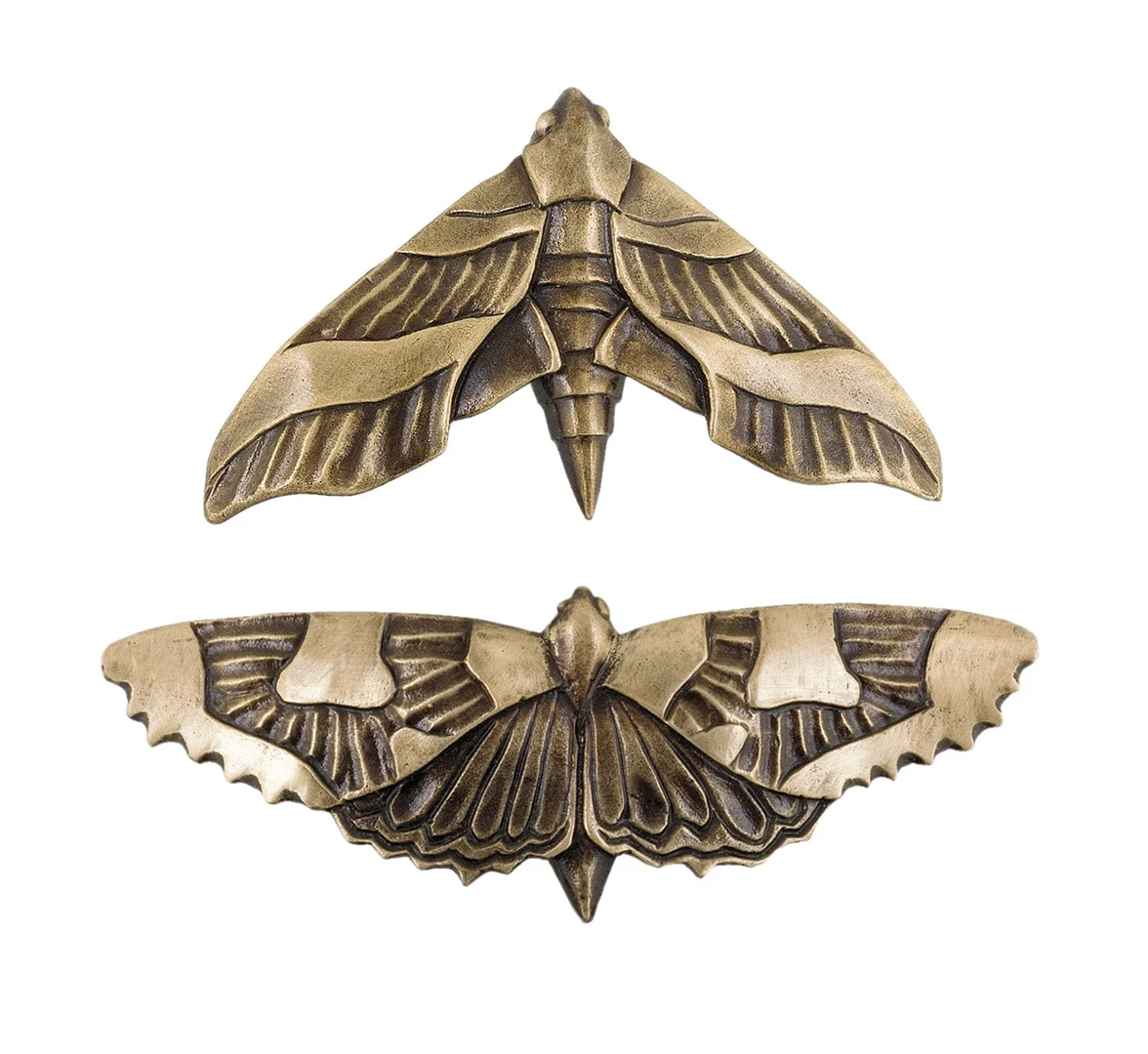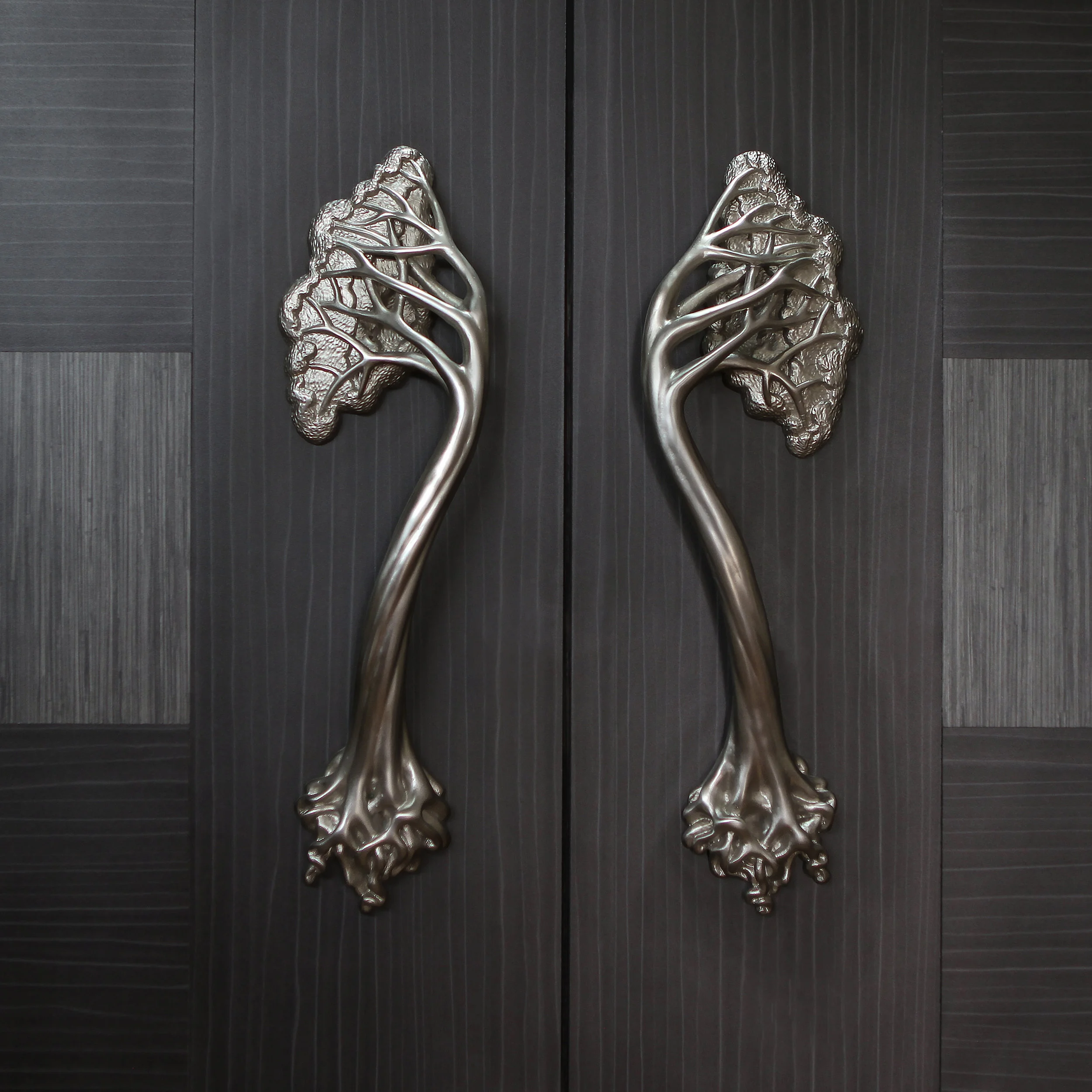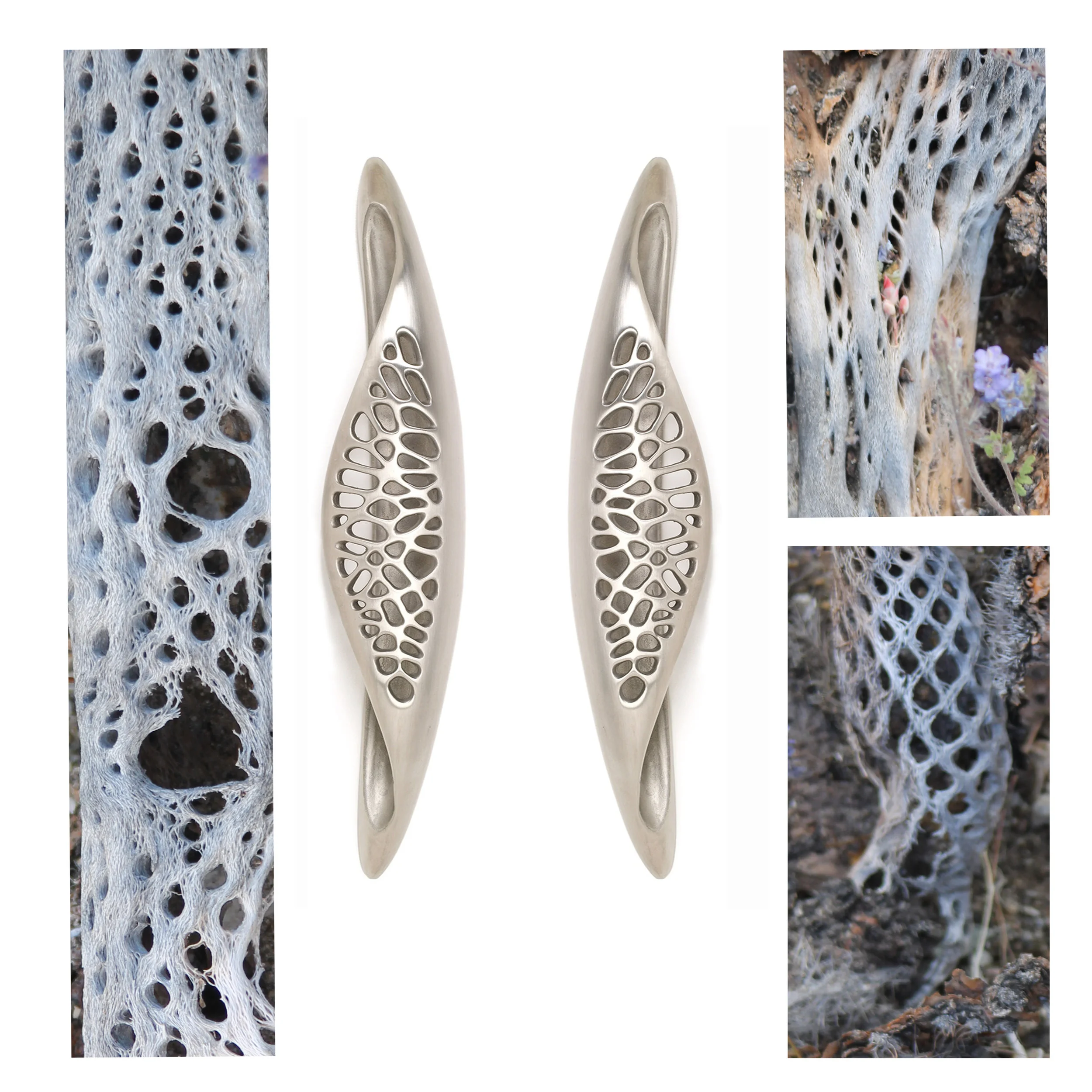For many the question of a door handles direction is seen as a question of door handing and not a question that has much to do with design and possibly whimsy. While it is true that the handing of a door lever is determined by the location of the doors hinges this need not always apply to door pulls or door grips. The answer is further complicated when the designer, in our case, Martin Pierce has a keen sense of what is correct from a natural perspective. This recently came up in a conversation with James Cunningham a photographer who we recently worked with to enhance the background of our Morphic Scroll door pull. The scroll pull is clearly a vertical pull but the curved grip can just as easily face outwards or inwards. Martin designed the piece for the Baha Mar project in collaboration with Mike Hong the projects architect. The concept drawings have always shown the piece with the curve pointing outwards but this is not how James Cunningham saw it.
There are some door pulls where it is up to the artistry of the designer or consumer to determine the best direction for a piece.
Then there are the practical aspects to consider - when a door stile is narrow while the width of the grip may fit the space it may be wiser to have the grip face away from the door jamb as this will reduce the risk of grazed knuckles that would occur if the grip direction were reversed.






